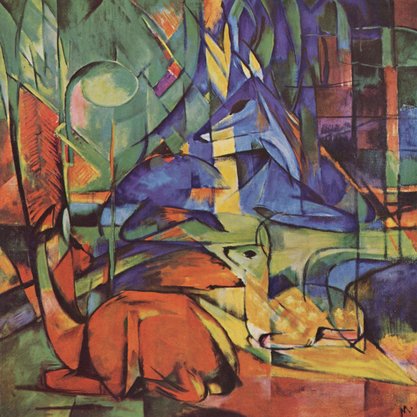Article
Guston, Philip (1913–1980) By Pocock, Antonia
Article
American artist Philip Guston is best known for the comic-strip-inspired paintings he created during the last decade of his life. Though they prompted scathing reviews when first exhibited in 1970, Guston’s late works became a precedent for 1980s Neo-expressionism.
Born Philip Goldstein to Jewish-Ukrainian immigrants in Montreal, Guston was raised in Los Angeles, where he attended the Otis Art Institute, as well as the Manual Arts High School with Jackson Pollock. Inspired by Italian Renaissance frescoes and Mexican muralism, Guston began his career painting political murals—first in California and Mexico, and later in New York as part of the WPA’s Federal Art Project. While teaching at the University of Iowa and Washington University in St Louis in the 1940s, Guston gained critical acclaim for his allegorical street scenes. In 1951, he moved to New York and began producing gestural abstractions in the manner of Willem de Kooning. His return to figuration in the late 1960s, prompted by the social and political unrest of the period, combines the iconography of his early paintings; specifically, these works feature hooded figures and brick walls, with an expressionist style marked by his signature short, thick brushstrokes.

